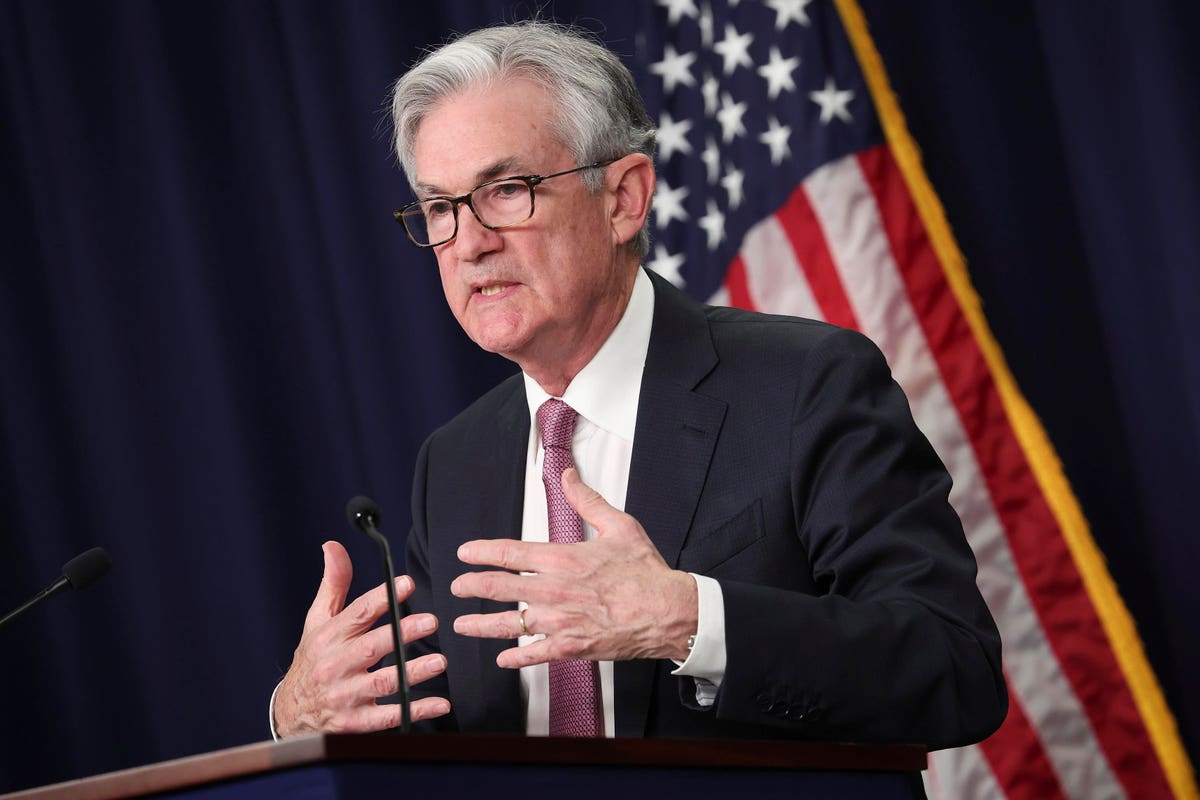U.S. unemployment for the month of August has nudged up to 3.8%, maybe signaling some of the labor market cooling that the Federal Reserve was looking for. However, a recent trucking bankruptcy and the Hollywood strike may have temporarily impacted the data. The absolute gain in nonfarm payrolls for August was 187,000, that’s significantly below the 271,000 monthly average gain over the prior 12 months. This, and other recent data, now makes a September interest rate hike unlikely, unless the upcoming CPI inflation data on September 13 proves very unexpected.
The Unemployment Picture
Today’s release breaks U.S. unemployment from the 3.4% to 3.7% range that it has maintained since March 2022. Previously we’ve seen job openings decline from high levels, but unemployment had generally held up regardless. For August employment fell in transportation and warehousing, in part due to the bankruptcy of the trucking company, Yellow, so it remains to be seen if that’s and the screenwriters’ strike are driving unemployment higher.
Of course, the rise in unemployment could be temporary, but relatively small increases of around 0.5% in the unemployment rate over a short period can trigger a recession according to economists. Therefore, even relatively small moves in the unemployment series may matter.
That’s especially true if the risks from a potential government shutdown and student loan repayments dent the U.S. economy further in 2023 and perhaps into 2024. If so, we could be seeing the start of an upward trend in unemployment. Despite these risks, early assessments of Q3 GDP growth are encouraging. It suggests a 2023 recession may be unlikely. That’s in part because there’s an increasingly narrow window in which a 2023 recession could fall.
Reduced Wage Pressures
The Fed is most concerned currently about wage pressure fueling inflation. Today’s rise in unemployment will be welcome in the Fed’s inflation battle. Jerome Powell shared in his recent Jackson Hole speech that some cooling in the jobs market was likely necessary to bring down inflation in services. We’re already seen some disinflation in certain services categories in the most recent CPI reports, but today’s data may help cement that.
Of course, the Fed will still remain concerned about other inflation risks such as home prices rebounding. That’s because shelter costs are a key component of the prices that Americans pay. However, the Fed’s list of potential inflationary risks is reducing.
What Next From The Fed
The unemployment data and other recent economic releases significantly diminish the chance of an interest rate hike when the Fed next sets rates on September 20.
However, the prospect of a November interest rate hike remains real based on the Fed’s recent projections. The markets currently assess the chance of this happening at about 1 in 4.
However, should unemployment continue to nudge up and inflation remain relatively tame, then we may have already seen peak interest rates for this cycle. The question then is how long the Fed holds rates at their current levels. It has been somewhat easier for the Fed to fight inflation as the economy remains robust. If unemployment rises materially, then the Fed faces more of a complex trade-off between extinguishing excess inflation and preserving jobs. For now, their speeches Fed officials have signaled resolve to stamp out inflation, but in reality the policy trade-off could be more daunting.
Read the full article here











